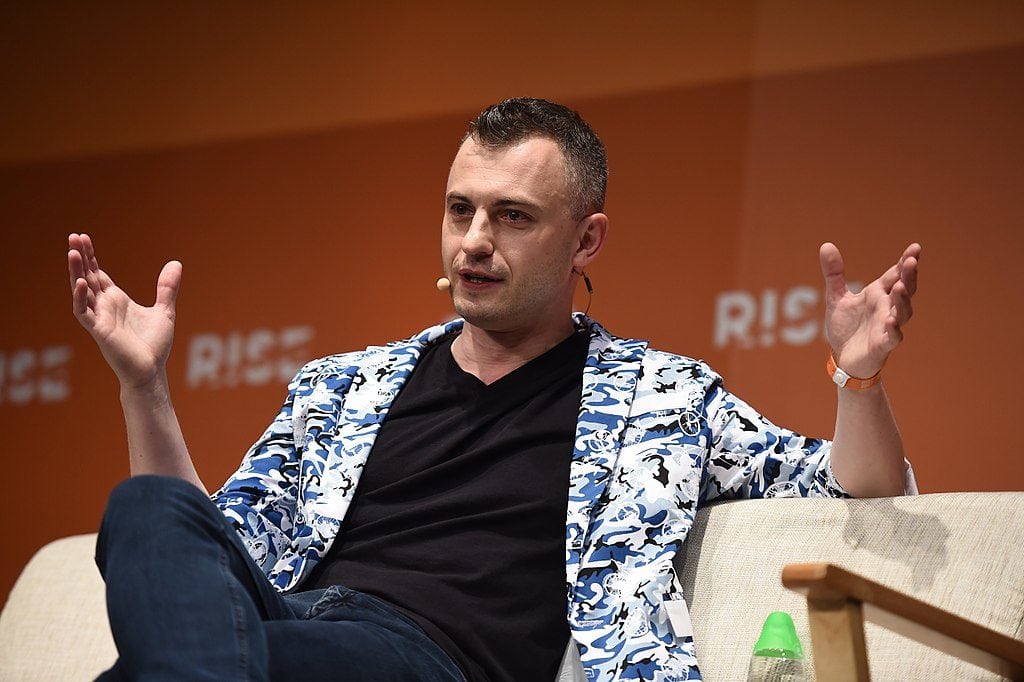
Paul Eremenko, Airbus CTO, during day three of RISE 2017 in Hong Kong. Public domain photo by Stephen McCarthy, RISE
Just two days ago Avionics cited Airbus CTO Paul Eremenko’s hybrid election propulsion goal for the company. However, news broke Thursday that Eremenko planned to take his services to United Technologies Corp. (UTC), leaving Airbus to replace him.
UTC announced, and Airbus confirmed, that Jan. 1, 2018, Eremenko is set to become the SVP and CTO of UTC. In this position, he would succeed J. Michael McQuade, who plans to retire next year. Airbus Digital Transformation Officer Marc Fontaine would become acting CTO for the French airframer. Airbus said it expects to announce a permanent Eremenko replacement “in the near future.”
In his new role, Eremenko will report to UTC Chairman and CEO Greg Hayes and “provide strategic leadership for the company’s research, engineering and development activities in the global aerospace and building systems industries,” UTC said. He would also oversee the United Technologies Research Center.
Eremenko was the founding CEO of Airbus’ Silicon Valley outpost, A3. He has also held leadership roles at Google, Motorola Mobility and the U.S. Defense Advanced Research Projects Agency.
“I am grateful to Paul for his service to Airbus. He initiated a challenging transformation of our approach to research, technology and innovation with, for instance, more open innovation and partnerships, the introduction of new methodologies, demonstrators and innovation centers,” said Tom Enders, Airbus CEO. “Airbus will continue to pursue the directions Paul pioneered to generate greater value in our processes, products and services, and ultimately for our customers. We wish Paul every success in his future endeavors.”
In June, Eremenko addressed a crowd at the 2017 American Institute of Aeronautics and Astronautics Aviation Forum. Admitting that all segments of aviation have traditionally lagged behind other industries in terms of introducing new and innovative technologies, he said Airbus was looking to lead the charge as aviation enters new areas and modes of transportation and technological capabilities in the future.
“A few years ago the state of the art of flight weight components were measured in the 10s of kilowatts. Today it is in the 100s of kilowatts, and we believe with a strong push we could demo a two-megawatt flight weight hybrid electric power system in about three years,” Eremenko said.
“The ultimate prize for us is to enable a hybrid electric propulsion architecture for a single-aisle aircraft at the scale of an A320 family. This takes us into the power range of around 20 megawatts for cruise and 40 megawatts for power,” he added, noting that he would not predict a date for the first flight of such an aircraft.